- News
-
-
-
-
-
Latest News Articles
- Recreation noise causes wildlife to flee July 26, 2024
- Invasive ants travel by car July 26, 2024
- Voluntary lead-free ammunition program incentivizes hunters July 25, 2024
-
-
-
- Wildlife Professional Resources
-
- Our Network
-
- PUBLICATIONS
-
-
Recent Posts
-
 The Wildlife Professional November/December Issue
November 1, 2023
The Wildlife Professional November/December Issue
November 1, 2023
-
-
-
-
-
-
- Wildlife Events
- Who We Are
-
Month: February 2020
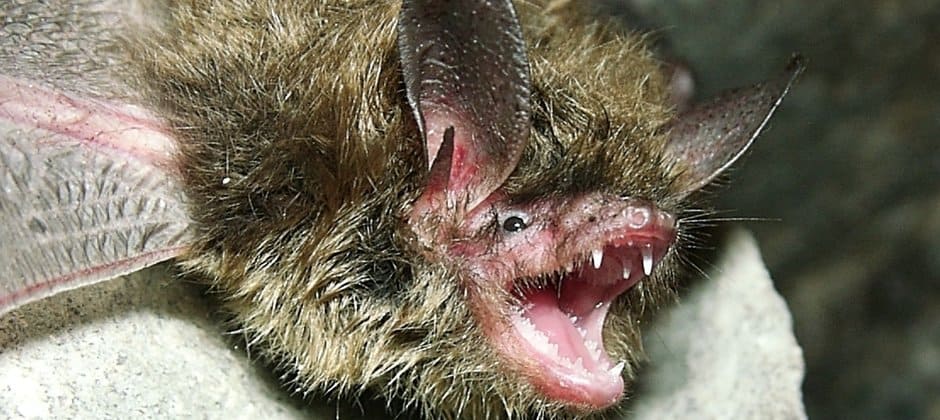
February 13, 2020
U.S. Fish and Wildlife Service to revisit northern long-eared bat listing
A federal judge last week ruled on a lawsuit over the U.S. Fish and Wildlife Service’s 2015 decision to list the northern long-eared bat (Myotis septentrionalis) as threatened rather than...

February 13, 2020
Women hunters increase in New York state
As deer populations explode in New York state, women are increasingly hunting the animals. Women are the fastest growing demographic in hunting in both New York and across the country...

February 12, 2020
USFWS proposes new migratory bird rule
Last week, the U.S. Fish and Wildlife Service published a proposed rule reducing the ability of the Migratory Bird Treaty Act to prevent actions that injure or kill native birds....

February 12, 2020
Researchers call for protections for California spotted owl
As invasive barred owls encroach on California spotted owl habitat in the Sierra Nevada, researchers say there’s a narrow window to deal with them before their populations explode. Their growing...
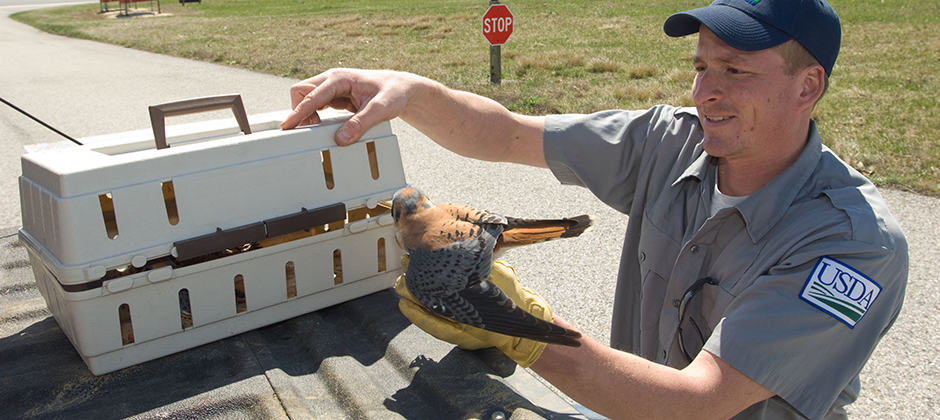
February 12, 2020
Increasingly sophisticated tools help reduce bird strikes
Wildlife managers may be able to use fake falcon robot drones and lasers to reduce bird collisions with aircraft. Aircraft strikes are often fatal for birds and can cause damage...
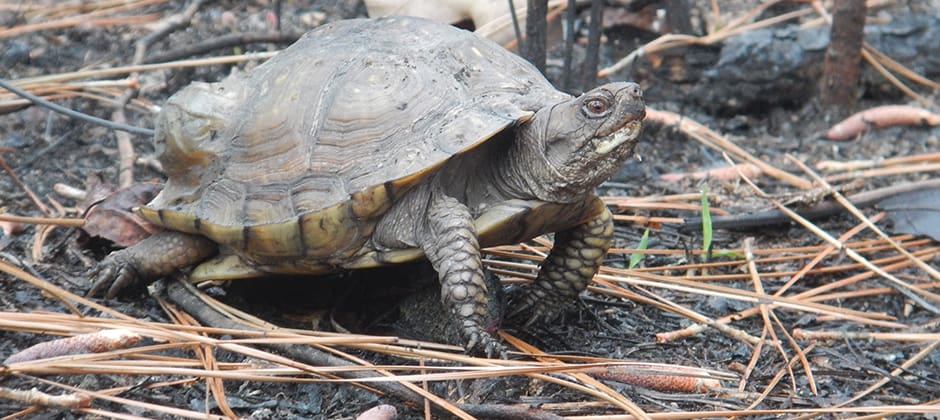
February 11, 2020
Prescribed fires burn turtles but may help egg-laying females
Prescribed fires may kill individual box turtles, but the aftermath produces favorable plots for egg-laying females. “The fire does create this challenging habitat around them by altering the availability of...
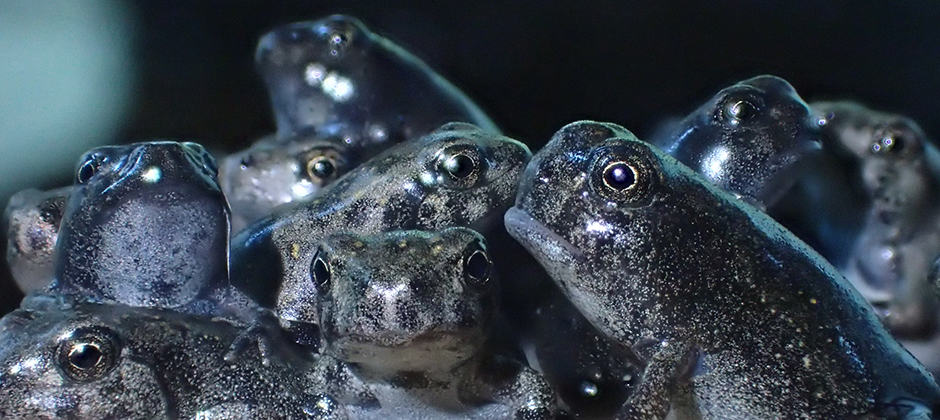
February 11, 2020
Captive breeding technique may pose problems for amphibians
Cryo-freezing amphibian sperm can result in smaller tadpoles and toads — a discovery that may have implications for future captive populations intended for eventual reintroduction. Comparing toads raised through cryo-freezing...

February 11, 2020
Climate change driving bumblebee declines
The likelihood of bumblebee populations surviving in a given place has declined by more than 30%, according to new research, and researchers point to climate change as the prime reason....
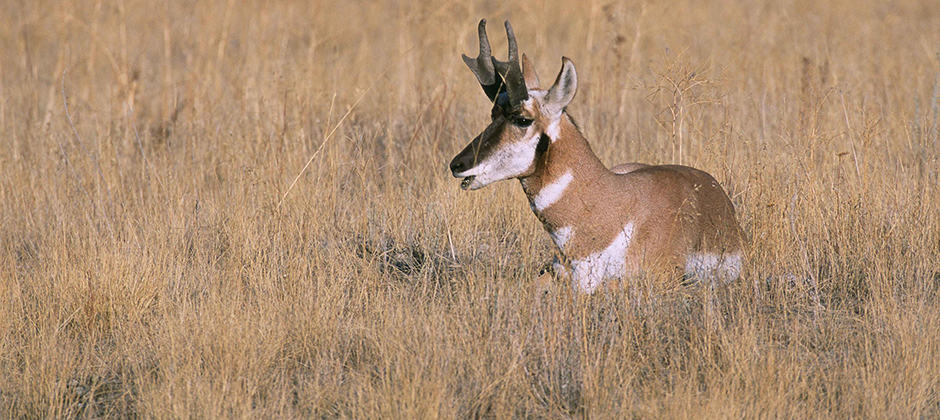
February 10, 2020
JWM: Museums hold secrets of California’s vanished pronghorn
One hundred years ago, pronghorn roamed the Sonoran Desert in what is now the borderlands between Southern California and northern Baja California in Mexico. Today, they are gone from the...
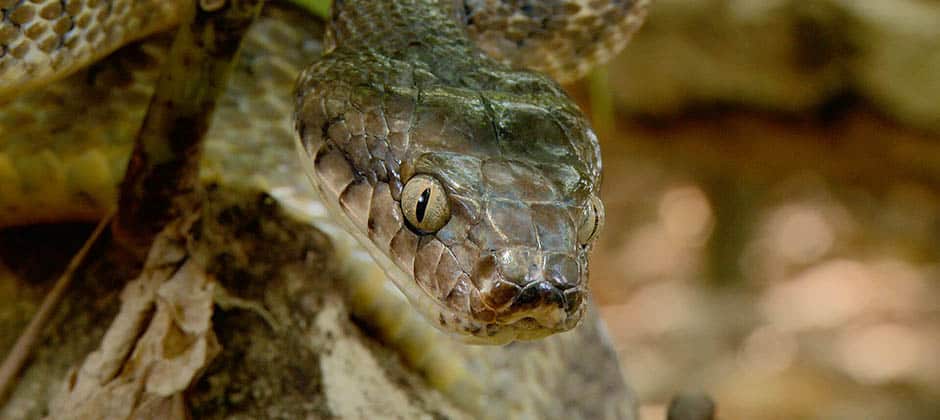
February 10, 2020
JWM: Choppers firing painkiller bait control tree snakes
Toxic bait cartridges automatically fired from helicopters may be the first successful way to efficiently reduce numbers of invasive brown tree snakes at the landscape scale on the island of...

